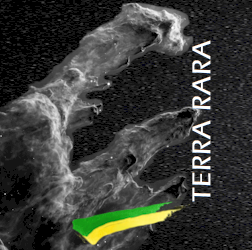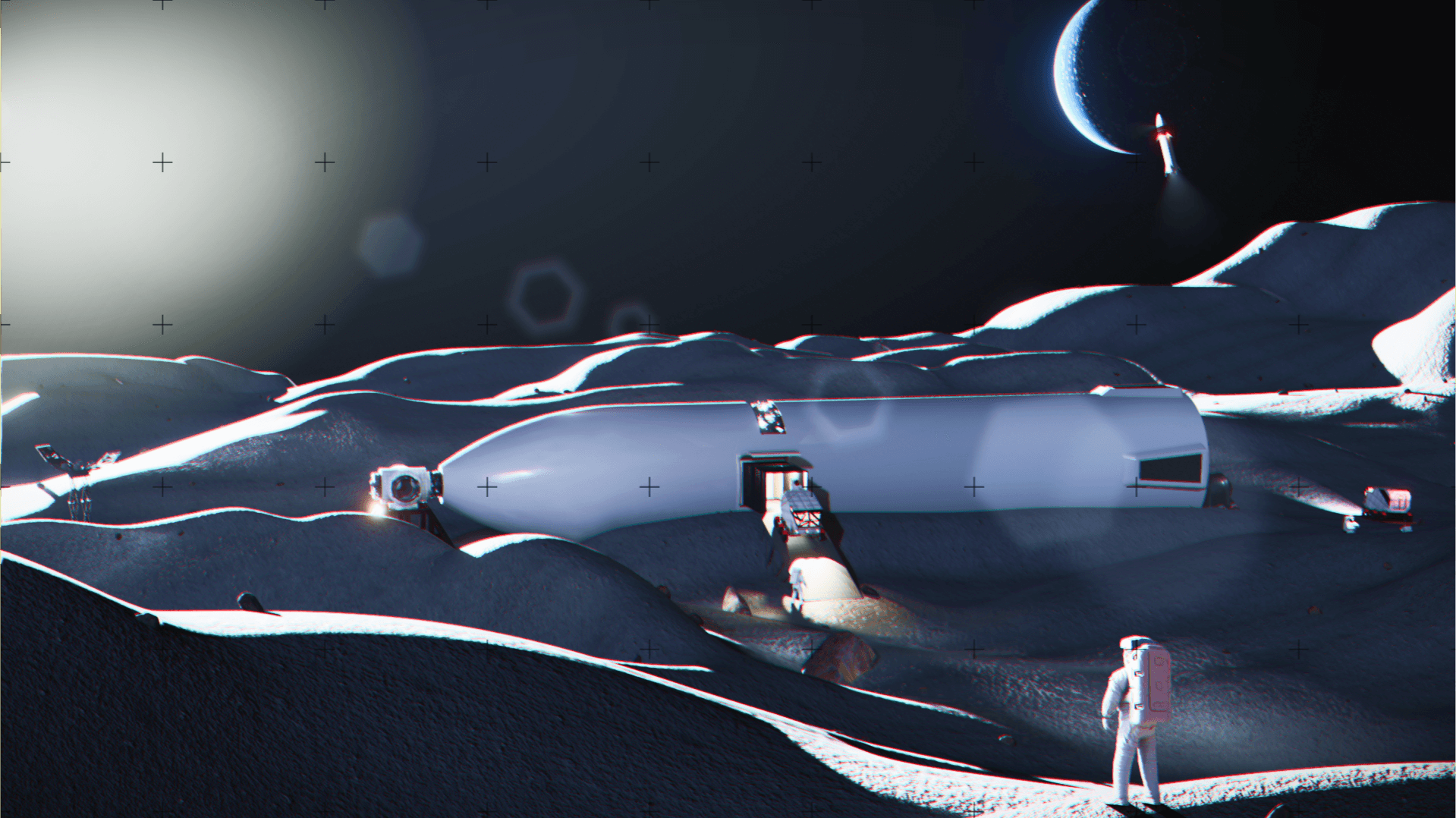
Rosas Moon Base
A lunar base designed by repurposing SpaceX Starships
2021
The next step forward in space exploration is returning humans to the Moon and establishing a permanent human presence.
Sending humans to the Moon encompasses challenging environmental factors to human performance and health.
Current state-of-the-art technologies, like the Artemis program and the SpaceX Starship Human Landing System (HLS), is the inspiration of the Rosas Mission, to ensure feasibility and optimize human performance.
"The Moon is the first milestone on the road to the stars" - Arthur C. Clarke.
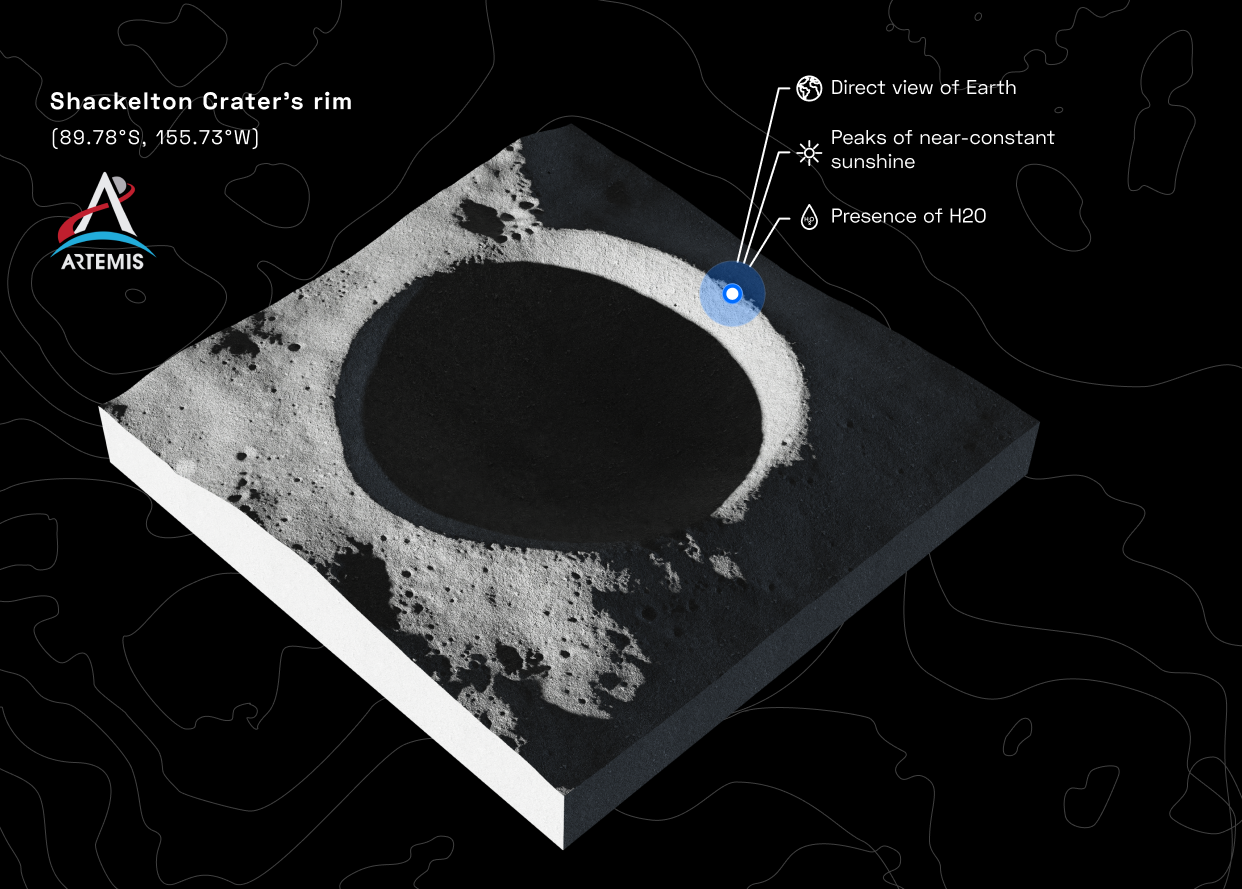
The pains of building a lunar base
1973: The Saturn V and the explored Saturn Workshop, best known as Skylab:
![The Saturn V upper stage on the left, and Skylab on the right; with astronaut for scale. Modeled in Sketchup, rendered in Blender.]()
1992: STS-Lab Space station Concept (Ware and Culbertson, 1992):
![The Space Shuttle; modeled in Sketchup, rendered in Blender.]()
![The Enterprise Shuttle Space Station; NASA]()

1992: STS-Lab Space station Concept (Ware and Culbertson, 1992):
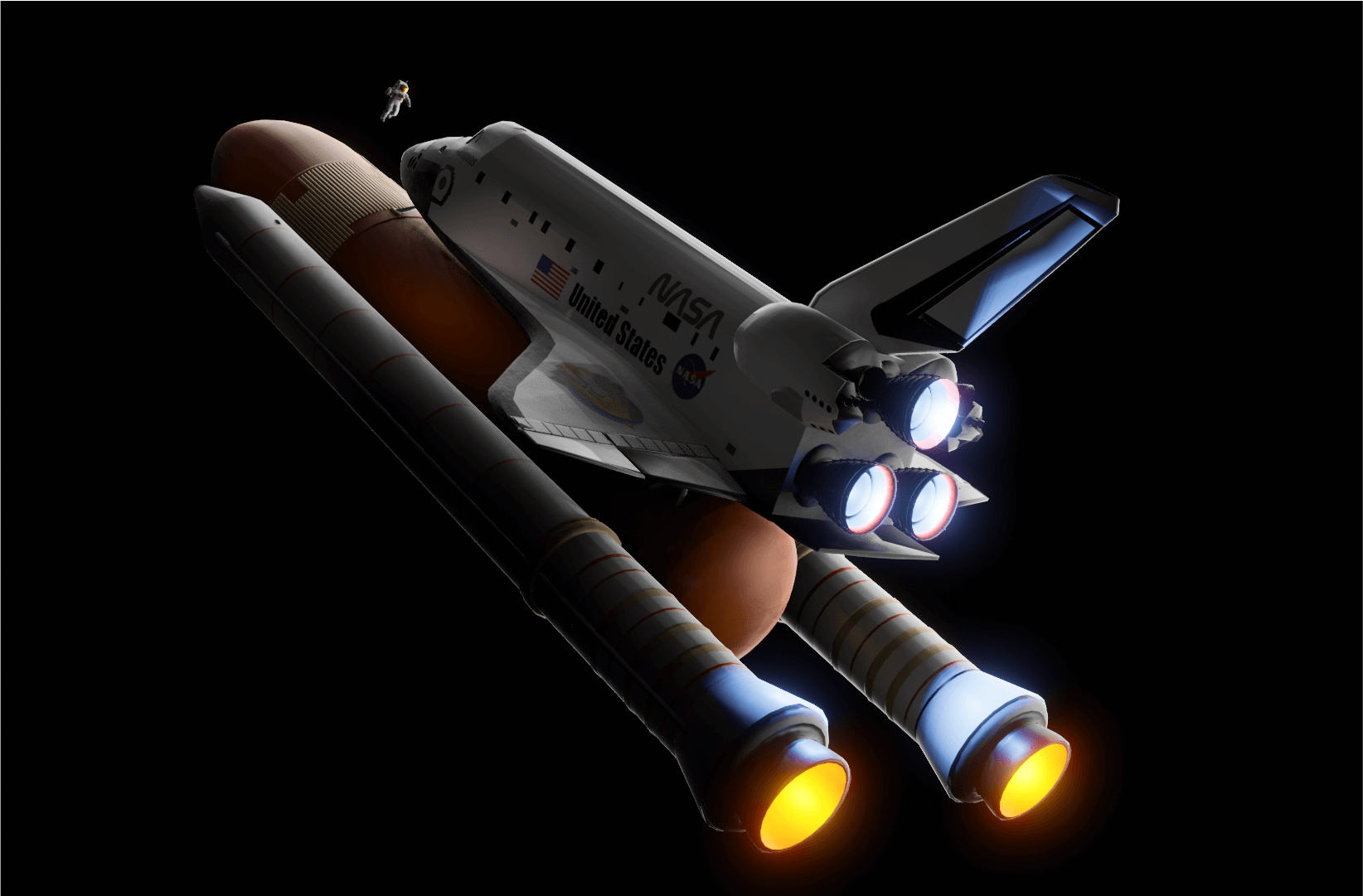

Today: SpaceX Lunar Starship
The upcoming, largest, piece of infrastructure in history that can land on the Moon.
![From left to right: Space Launch System Block II; Lunar Starship (landed); Lunar starship mounted on top of Superheavy]()
The upcoming, largest, piece of infrastructure in history that can land on the Moon.
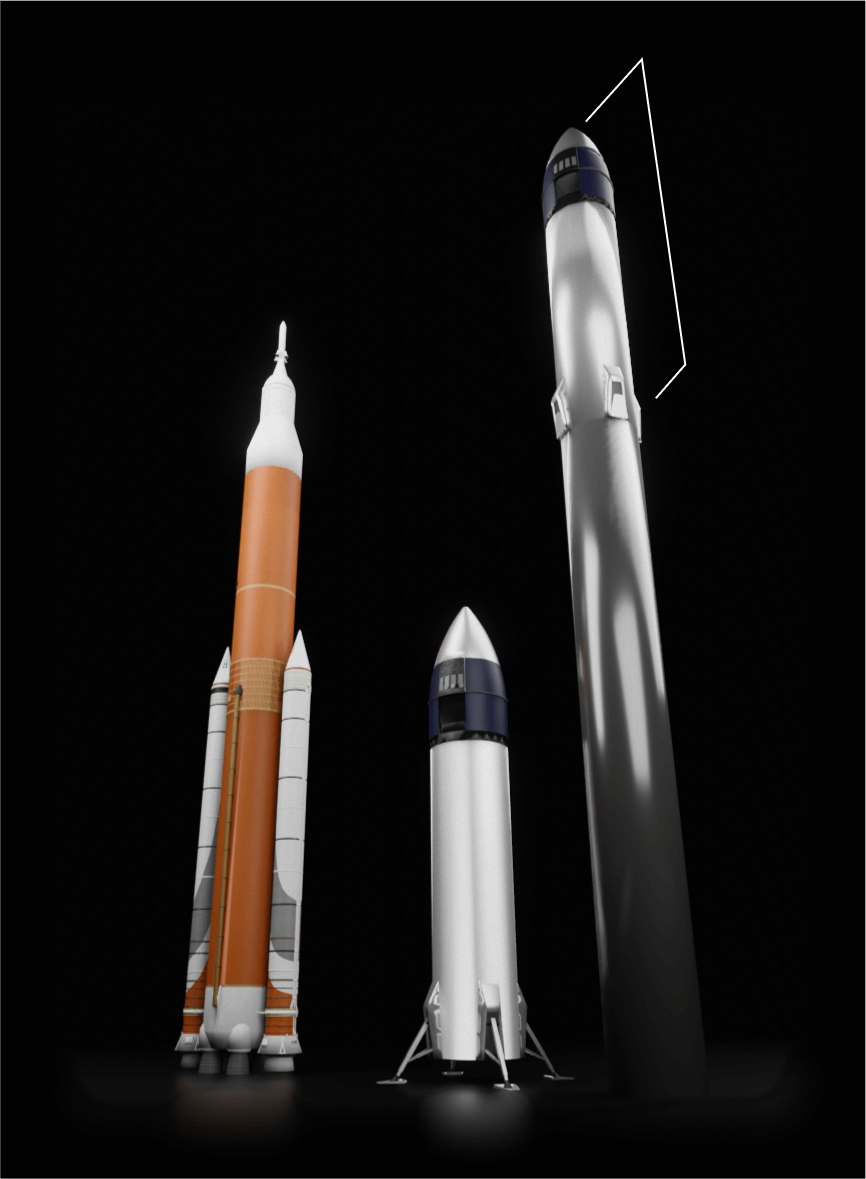
Concept generation for the base design
Before proceding with the engineering design, a series of concept proposals were explored.
With this rapid sketching of the baseline mission it was possible to arrive to a stronger concept in a faster way.



Horizontal hypothesis base concept
In order to maximize the utility of the volume, the selected orientation was a difficult one: by tipping the whole vehicle on the side, hazards to the crew could be diminished and the base could be further expanded.
However, how could you tip a 50 meter high starship?


The baseline Concept proposal
In order to assure all of the requirements for habitability, the design needed to include flooring, wall mounts, stairways, entrance hatches and airlocks.
Surrounding the base a 3m thick regolith layer would be deposited.

The transfer mission
But how do you get a starship to the Moon? And, most importantly, how do you create a construction site on the Moon?
For that we need to consider a concept of operations derived from the state-of-the-art knowledge of how SpaceX Starships travel to the Moon.
For that we need to consider a concept of operations derived from the state-of-the-art knowledge of how SpaceX Starships travel to the Moon.
First of all, there were needed two mission starships (besides the fueling tankers), during two mission phases:
Phase 1 - Workshop vehicle launch
- SS Rosas transfer mission will launch the workshop vehicle that will land on the moon without a crew.
Phase 2 - Crew vehicle launch
- SS 501 transfer mission will launch the return starship with the crew that will continue the mission inside the habitat workshop (SS Rosas) already on the site.
Phase 1 - Workshop vehicle launch
- SS Rosas transfer mission will launch the workshop vehicle that will land on the moon without a crew.
Phase 2 - Crew vehicle launch
- SS 501 transfer mission will launch the return starship with the crew that will continue the mission inside the habitat workshop (SS Rosas) already on the site.


The MOROCAS: Modular robotic construction autonomous system
A modular, remotely operated, team of robots capable of preforming construction tasks.
This system was designed in order to reduce the amount of EVA time necessary.

The construction timeline
1. Horizontalization: After landing both starships, the base starship (future RosasBase) is horizontalized with the help of the MOROCAS system.

2. Volume connection: after the starship is horizontalized, the construction crew moves in and starts preparing the fuel tank transformation.
![Sequence of adapting the tanks into interconnected habitable volumes.]()

3. Interior installation:
Happening after the whole structure is stable and pressurized. The crew brings a series of moduler tiles to assemble the interior divisions of Rosas Base.
![Projection of starship-derived Moon Base's interiors.]()
Happening after the whole structure is stable and pressurized. The crew brings a series of moduler tiles to assemble the interior divisions of Rosas Base.

4. Regolith coverage
The lunar environment is a dangerous place. Micrometeors and radiation can be deadly to the whole crew and mission. This way a layer of regolith is deposited by the morocas along the duration of several weeksto months.
The lunar environment is a dangerous place. Micrometeors and radiation can be deadly to the whole crew and mission. This way a layer of regolith is deposited by the morocas along the duration of several weeksto months.


A window to our Home

On the side of the the starship, one of the airlocks is transformed into a cupola-style expandable volume. This enables a space for the astronauts to look at the exterior of the base, and, most importantly, to gaze at our Earth.
The OSCAR cupola is retractable. This way, the interior of the base can stay under the protecting regolith, while the viewing area can stay outside for short duration observations of the Lunar vista, and of Earth.

Photorealistic gallery








The team
List of all ISU SSP21 participants from Team Lunar that took part in the development of the project.
PARTICIPANTS
Adam Abdin 🇫🇷 Adina Godeanu 🇷🇴 Aiden O'leary 🇺🇸 Alan Garcia Juan 🇪🇸 Alberto Za 🇮🇹 Alexandra Sokolowski 🇩🇪 Damiana Irrera 🇮🇹 Charlotte Pouwels 🇳🇱 Emily Apollonio 🇺🇸 Gautier Bardi De Fourtou 🇫🇷 Gianmarco Ciocca 🇮🇹 Giorgio Lorini 🇮🇹 João Montenegro 🇵🇹 Karl Bolmgren 🇸🇪 Laura Pauzie 🇫🇷 Leonard Carl Luigi Lidgard 🇮🇹 Monica Ekal 🇮🇳 Ori Onn 🇮🇱 Shay Monat 🇮🇱 Stefan Amberger 🇦🇹 Zhuang Tian 🇨🇳
CHAIRS
Rob Postema Matthew Sorgenfrei Antonio Martelo Gómez
TEACHING ASSOCIATE
Xiaochen Zhang
A special thank you

In loving memory of Oscar Federico Rosas Castillo – an adventurous, spirited soul who brought us together and made our world a better place. We are better for having known you. May your light shine bright upon us until we see you on the other side of the stars.
Ad Astra.
Acknowledgements
ISU and Team Project Solutions for Construction of a Lunar Base wish to express their sincere appreciation to Lockheed Martin Corporation for its sponsorship of this project.
We would also like to thank the chairs and teaching assistants for their amazing support during this team project. They have been the key factor in supporting this team during the process and therefore the success of this lunar team report.
Lastly, we would like to thank the International Space University and SSP21 staff for making this year’s program happen, during the COVID-19 period and supporting the team in the best way possible.
On the news
Oct. 23, 2021
Report: Solutions for Construction of a Lunar Base (Starship as base structure)
(Read 20577 times)
Read more
